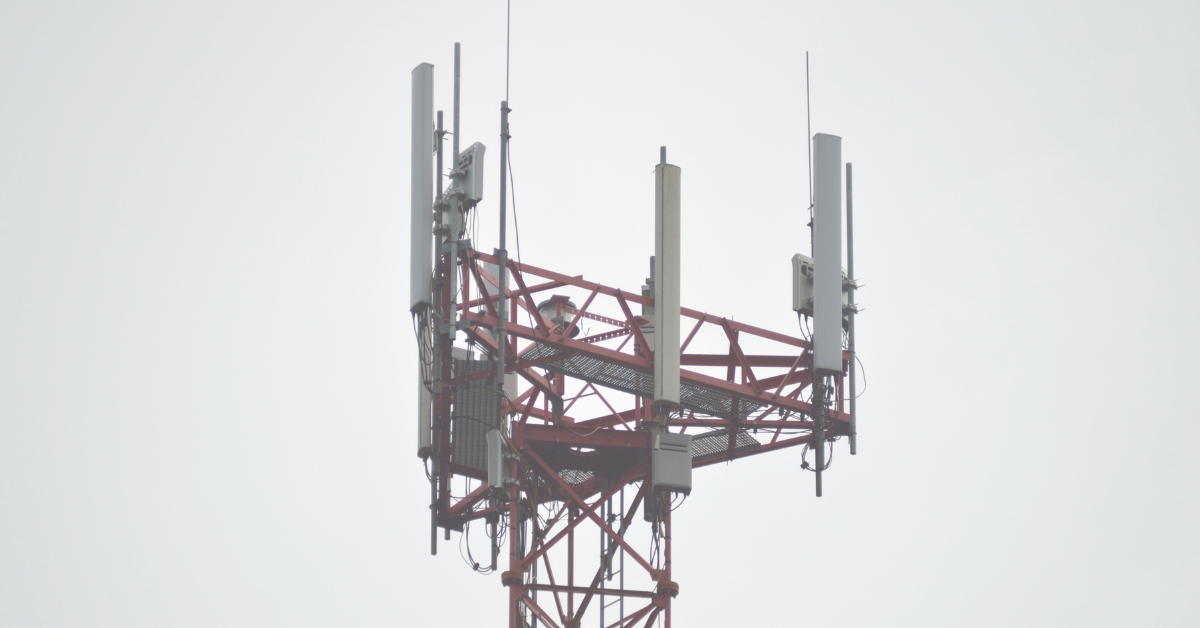Oregon internet has faced many new challenges. The COVID-19 pandemic drove work and schooling online and highlighted the need for all Americans to have access to broadband internet. While it may be hard for some to imagine, many Americans live outside of major cities and do not have internet service options that are as fast, as reliable, and as affordable as options in major cities. Fixed wireless internet providers like Webformix are more important than ever because they can serve rural residents with high-speed internet.
Over the five years to 2020, internet traffic volume, or total data sent over the internet globally per month, increased at an annualized rate of 26.4%. The number of broadband internet connections has increased an annualized 4.5% during the same period due to the proliferation of smartphones and other broadband-enabled devices used by data-hungry consumers.
-from “Wireless Internet Service Providers Industry in the US – Market Research Report“
US Broadband Internet Coverage
According to Statista’s “Number of residential fixed internet connections by downstream speed in the United States from 2014 to 2017,” more than 50% of residential fixed internet connections had speeds of at least 25 Mbps as of December 2017.
- 39 million connections with at least 100 Mbps
- 31.2 million connections with at least 25 Mbps and less than 100 Mbps
- 16.2 million connections with at least 10 Mbps and less than 25 Mbps
- 10.3 million connections with at least 3 Mbps and less than 10 Mbps
- 2.1 million connections with less than 3 Mbps
USTelecom Industry Metrics & Trends 2020 reports that only 3 million high-speed internet connections are served by fixed wireless or satellite internet providers as of 2018. Respectively, cable modem internet is serving about 70 million, fiber is serving about 16 million, and DSL (and others) are serving 22 million Americans.
Further data in the USTelecom report notes that fixed wireless internet has been important in expanding high-speed service to rural locations. Rural locations are more expensive to service and tend to have less internet speed available. They also note that US internet users use more internet than anyone else in the world, about 131 gigabytes per month!
How many internet providers are there in the United States?
There are thousands of internet providers in the United States when you consider all of the different types of internet, but there are only about eleven big broadband internet providers.
How many broadband providers are there in the US?
There are approximately 50 residential broadband providers in the US, but many small companies are not counted. More accurate statistics are available on a state-by-state basis.
Who is the largest internet provider in the US?
Comcast (Xfinity) is the largest internet provider in the US, with Charter Spectrum being the second largest.
How much does high-speed internet cost?
The average cost of high-speed (broadband) internet plans in the US is $60 per month.
How Many People Have Broadband Internet?
According to Statista’s “Number of fixed broadband subscriptions in the United States from 2000 to 2019,” 114.26 million US households have fixed broadband internet access. Broadband speeds are downstream bandwidths exceeding 200 kbps. However, the FCC’s Eighth Broadband Progress Report points out that approximately 19 million Americans still lack access to broadband internet. The FCC also has published a map showing fixed broadband internet availability in the US. You can see their data for the counties Webformix serves below (Jefferson, Deschutes, Josephine, Jackson):
Oregon Broadband Internet Coverage
Oregon internet statistics from broadbandnow.com report that 91.8% of Oregonians have access to broadband 100mbps or faster. However, Oregon’s broadband internet is less affordable than in many other states. Only 24.5% of residents have access to low-priced internet plans under $60 per month. As far as broadband internet availability in Oregon, they report:
- 241 internet providers in Oregon
- 92% of Oregonians have access to a wired broadband connection with speeds of 25 Mbps or faster
- Approximately 94,000 Oregonians don’t have access to any wired internet options
- Wired connections capable of 25 Mbps speeds are unavailable to about 301,000 Oregonians
- 407,000 residents only have access to one internet provider
Oregon Internet Statistics
Broadband in Oregon A Report of the Oregon Broadband Advisory Council explains that broadband internet is an essential infrastructure that enables education, employment, and commerce. They report that Oregon’s biggest internet providers include CenturyLink, Ziply Fiber, Comcast, Wave Broadband, Charter Communications, and TDS Broadband. Additionally, many small providers organized by local businesses or city cooperatives are important in bringing broadband internet to non-metro areas of Oregon. You can read the full report if you would like to know the details of how the state of Oregon is working to expand high-speed internet access and improve public communications infrastructure through grants and partnerships. Here are some more highlights from the report:
- Broadband service pricing across Oregon averages between $38.00 and $53.00 per month
- Average Oregonian household spending on internet service averages at $76.90 per month
- Oregon businesses access the internet through either cable (32.8%), DSL (26.7%), fiber (15.5%), fixed wireless internet (12.1%), or satellite (6.9%)
- 60.7% of urban Oregonians have access to Basic Broadband internet service, but only 39.6% of rural Oregonians have access
- Average OR rural download speed is 48.7 Mbps; urban average download speed 104.3 Mbps
- Average OR rural upload speed is 16.5 Mbps; urban average upload speed 33.5 Mbps
Final Thought on Oregon Internet Statistics
At Webformix, we do our best to serve as many customers as possible and provide them with accessible customer support. Many calls start with, “I’ve been trying to get internet from [big company] but I can’t reach anyone.” While cable and DSL internet remain leaders, fixed wireless internet is an option that can meet your internet needs while supporting local businesses. We are proud to be one of the many “little guys” in Oregon using big technology to bring high-speed internet to those who need it most!



Recent Comments